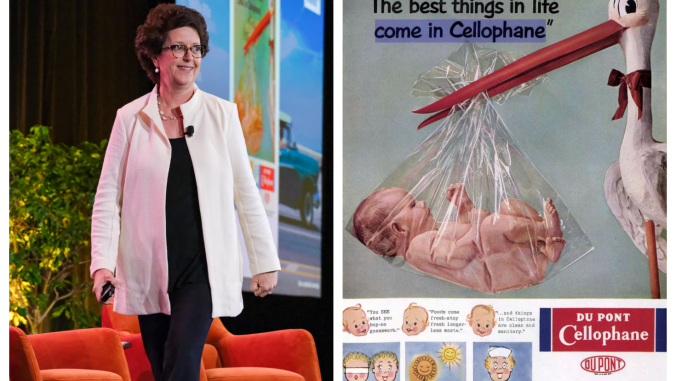This year’s GreenBiz, was a real statement on the quality of that particular event and on the surging importance of all things ESG to both public and private companies. While other events are canceling or pushing to later in the year due to COVID-related corporate travel restrictions, GreenBiz saw its largest attendance. That’s really, really good news. The other good news is that deep, meaningful conversations and challenges were happening across the main stage and panel discussions.
Here are four takeaways I left Phoenix with:
1. Investors want the 'how'
For a long time, the sustainability community has favored the idea of putting bold goals "out there" and saying, "We don’t know how we’re going to achieve them but putting them out there means we have to figure it out." It sounds like that’s not flying with investors — and that’s a good thing. In short, declaring that your company will be carbon neutral by 2050 without an interim 2030 or 2035 goal and a specific plan on how you’ll achieve your goal just won’t cut it anymore.
2. Net zero isn’t good enough
Speaking of a plan to be carbon neutral by 2050, Paul Polman, Unilever’s former CEO, said that’s the wrong target. All companies need to be working toward net positive, and they need to get there now. He pointed out that less than 10 percent of the largest companies in the world have set science-based targets for 2050 and less than 8 percent have 2030 targets.
That means they’re neither satisfying investor demands for specifics (see takeaway No. 1) nor making the kinds of commitments that will actually ensure a sustainable future.
3. CEOs need to be working on changing the system
If you’re a regular reader of our blog, you know we are fundamental believers in (and practitioners of) defining and leveraging a corporate sustainability story to drive brand preference, sales, employee loyalty and investor outcomes. That is still very much the case (and Chris Haasen from S&Z and I covered this ad nauseum in a three-hour workshop at GreenBiz).
But Paul Polman pointed out that much of what is needed is system change. I certainly see that in our work with clients — there are indeed limits to what any one company can do. I also see many companies use that as a talking point, "We know we can’t get there alone." Polman pointed out that CEOs need to be driving system change and that, in his experience, about 25 percent of CEOs and companies can indeed change an entire system.
Polman pointed out that CEOs need to be driving system change and that, in his experience, about 25% of CEOs and companies can indeed change an entire system.
I can also tell you that we need 25 percent or more of CEOs actively advocating on Capitol Hill for the legislation necessary to level the playing field for everyone on climate and on waste. Shockingly, many of the same companies with 2050 carbon neutral goals are reticent to visibly advocate for legislation that would help change systems and create funding for the fight against climate change (like the Build Back Better Bill stalled in Congress).
In short, ensure your CEO is at the table in meetings with regulators, lawmakers, suppliers and other CEOs; don’t rely on your trade association to take action for you; and don’t relegate system change to VPs and directors. When CEOs show up together, it sends a powerful message and change happens.
4. We’re almost halfway through the timetable to accomplish the UN Sustainable Development Goals (SDGs)
I hadn’t actually realized that until it was pointed out by GreenBiz editorial director Heather Clancy on the main stage. The 17 goals were adopted Jan. 1, 2016 and the idea is to achieve them by 2030. I regularly encounter companies that are still working on aligning their actions with the goals, and there’s never any discussion that these are supposed to be achieved by 2030.
If your company is publicly on record as "aligning with" some or all of the UN SDGs, you need to start mapping out what you can actually achieve in the next eight years and start collaborating with other companies who are aligned with the same SDGs to create real progress. Otherwise, those little colored boxes you’ve been putting in your sustainability reports for the last several years are nothing more than greenwashing.






